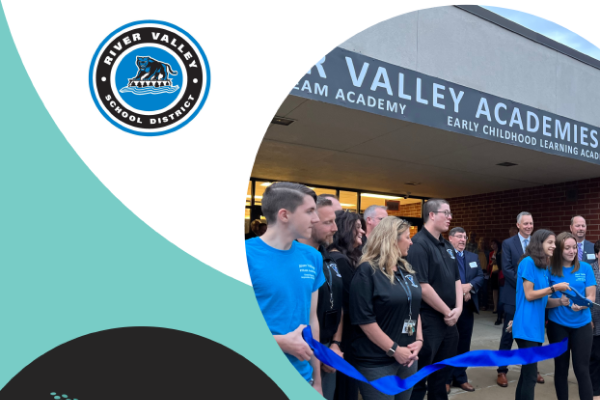Native Tongue as a Building Block
February 01, 2017
Executive Perspective
The 1970s witnessed the significant growth of bilingual education programs in the United States. With
Lau v. Nichols, a civil rights case in 1974 brought by Chinese American students living in San Francisco, the U.S. Supreme Court guaranteed non-English speaking children an opportunity for a “meaningful education.” That same year,
the ASPIRA of New York Consent Decree established the right of students with limited English proficiency to receive a bilingual education.
In those days, the U.S. Education Department had an Office for Bilingual Education, and Title VII
of the Civil Rights Act of 1964 provided millions of dollars for the training of bilingual teachers and the implementation of bilingual programs nationwide. Everyone seemed to accept that students learn best when taught in the language they speak.
As a young administrator with the Nassau BOCES in New York’s Long Island, I received a Title VII grant for more than $3 million that established bilingual programs in Long Island districts with high concentrations of limited-English
proficient students. In partnership with Hofstra University, we set up undergraduate and graduate-level programs in bilingual education. Soon, districts offering bilingual programs were hiring trained teachers and administrators.
A Movement’s Origin
With the rapid growth came the need for educators in the field to exchange ideas and practices. In 1976, I invited Hernan LaFontaine, then director of the Office for Bilingual Education in New York City, Maria Ramirez, who headed up the bilingual office
for the New York State Department of Education, and other bilingual educators from New York state to join me in establishing the New York State Association for Bilingual Education. This past October, NYSABE celebrated its 40th anniversary, and I was
proud to be honored as a co-founder of the organization and its first president.
Unfortunately, the growth of bilingual education was restrained by the English-only backlash. California, Arizona and Massachusetts passed laws forbidding
the teaching of students in any language other than English. Another deterrent was the testing mania promoted by No Child Left Behind accountability systems that required an English language test to define academic achievement. Proponents of bilingual
education argued that all that an English language test administered to a limited-English-speaking student measures is the child’s lack of English proficiency.
Eventually, the U.S. Education Department eliminated its Office for Bilingual
Education. English as a second language became the program of choice, attempting to get the students proficient in English as quickly as possible. Despite these efforts, the limited-English proficient students have continued to struggle on standardized
tests, falling further behind in their studies and adding to the dropout population. Many of these students also lost the ability to speak their native language only, ironically, to be required to take a foreign language in their secondary school
years.
This past November, California, one of the states to earlier pass an English-only bill, reversed itself with ballot passage of a measure that again permits instructing students in a language other than English.
Bypassing Bias
Teaching a child in the language he or she understands while acquiring a new language makes sense but it is problematic. We cannot provide instructors or materials in all languages in the traditional school environment. Most bilingual programs today are
Spanish-English because Spanish-speaking students make up the largest number of non-English speakers.
In recent years, dual-language programs have become popular, with English speakers receiving instruction in a language that happens to
be the language of the limited-English proficient students in the class.
With the growing movement toward personalized learning, allowing students to learn in their proficient language might bypass the nonpedagogical bias factors and the
logistical issues that have blocked the growth of bilingual programs. Individualizing instruction and allowing students to progress at their own pace while employing competency-based assessments, teachers can use the wealth of programs and materials
now available online in multiple languages to provide English language learners with an education in English and their native language.
The ultimate goal of these programs is to use the child’s native language as the building block
while they learn English without falling behind and simultaneously maintaining bilingual competencies. I spent the better part of my early years in this country looking out a classroom window while a teacher taught in a language I did not understand.
Fortunately for me, standardized tests were not in vogue so I was not classified as a failure.
Thanks to technology and personalized learning, no student today needs to be subjected to that.
Author
Advertisement
Advertisement
Advertisement
Advertisement



.png?sfvrsn=3d584f2d_3)
